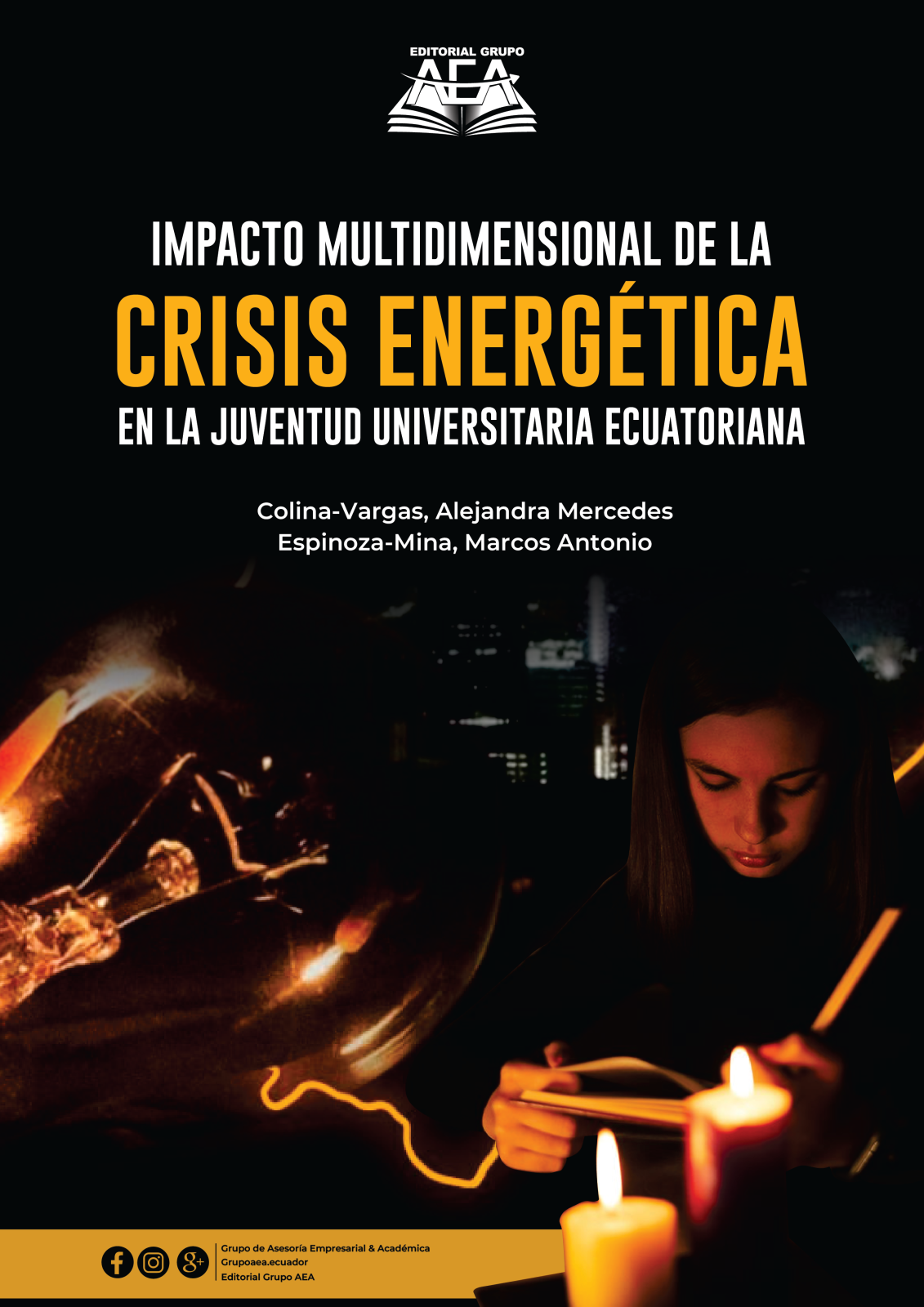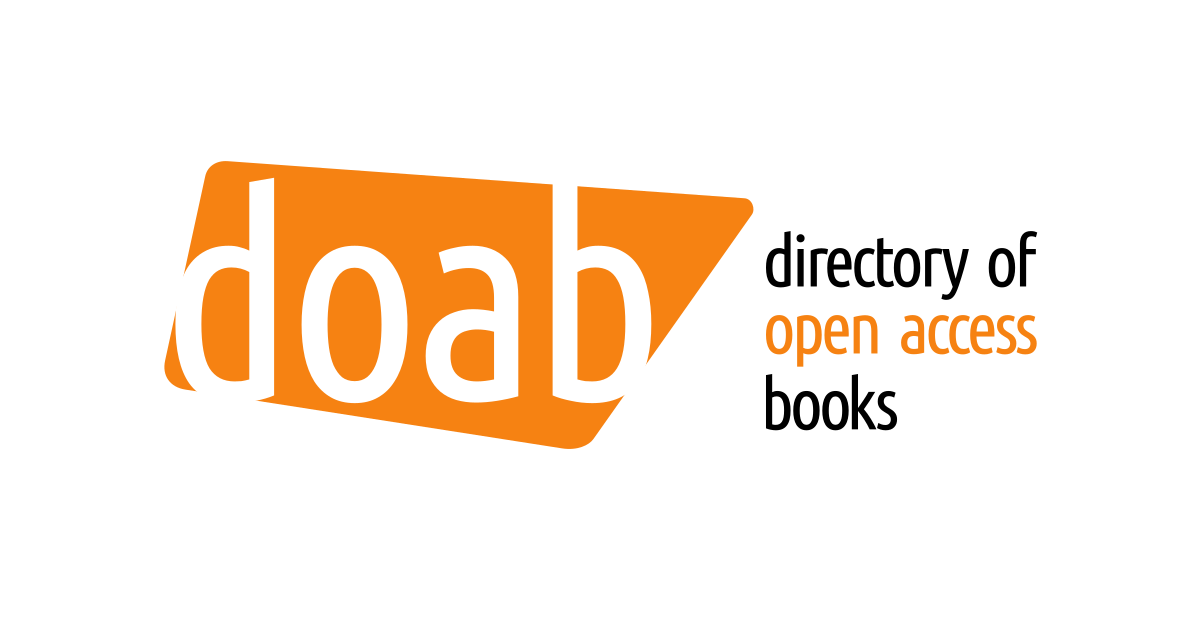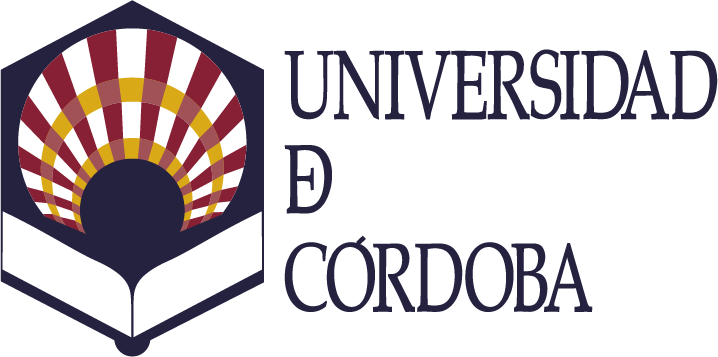Impacto multidimensional de la crisis energética en la juventud universitaria ecuatoriana.
Palabras clave:
Crisis energética global, transición energética sostenible, innovación tecnológica, juventud universitaria como agentes de cambioSinopsis
Se aborda la crisis energética como un desafío complejo con implicaciones económicas, sociales y ambientales, enfocándose en el papel transformador de los estudiantes universitarios ecuatorianos. Mediante una encuesta estructurada aplicada a 579 participantes, la investigación analiza percepciones, impactos y propuestas en torno a la crisis energética. Los resultados destacan preocupaciones significativas sobre el aumento del costo de vida, la desigualdad social y las limitaciones en infraestructura energética, así como un reconocimiento generalizado de la importancia de las energías renovables. Sin embargo, emergen brechas en el conocimiento sobre estrategias específicas y en el acceso a tecnologías limpias. El estudio resalta el potencial de las universidades como plataformas para la alfabetización energética y la innovación tecnológica, y subraya la necesidad de políticas públicas que impulsen la transición energética. La investigación concluye que la juventud universitaria, mediante el liderazgo y la cooperación intersectorial, puede desempeñar un papel crucial en el avance hacia un modelo energético sostenible, inclusivo y resiliente. Este trabajo contribuye a la comprensión de la crisis y proporciona herramientas para fomentar el cambio, destacando la educación, la responsabilidad social y la acción colectiva como pilares fundamentales.
Citas
Agyekum, E. B., & Velkin, V. I. (2024). Multi-criteria decision-making approach in assessing the key barriers to the adoption and use of SWH in West Africa–Combination of modified Delphi and Fuzzy AHP. International Journal of Thermofluids, 23, 100795. https://doi.org/10.1016/j.ijft.2024.100795
Al-Amin, Shafiullah, G. M., Ferdous, S. M., Shoeb, M., Reza, S. M. S., Elavarasan, R. M., & Rahman, M. M. (2024). Agrivoltaics system for sustainable agriculture and green energy in Bangladesh. Applied Energy, 371, 123709. https://doi.org/10.1016/j.apenergy.2024.123709
Alghazzawi, D., Alolaiyan, H., Ashfaq, H., Shuaib, U., Khalifa, H. A. E.-W., Gomaa, H. G., & Xin, Q. (2024). Selecting an optimal approach to reduce energy crises under interval-valued intuitionistic fuzzy environment. Scientific Reports, 14(1), 8713. https://doi.org/10.1038/s41598-024-57164-1
Ali, A., Yuan, J., Javed, H., Si, Q., Fall, I., Ohiemi, I. E., Osman, F. K., & Islam, R. U. (2023). Small hydropower generation using pump as turbine; a smart solution for the development of Pakistan’s energy. Heliyon, 9(4), e14993. https://doi.org/10.1016/j.heliyon.2023.e14993
Brännlund, A., Amcoff, J., Österman, M., Peterson, L., & Brännlund, H. (2024). Jolts at the ballot box: Electricity prices and voting in Swedish manufacturing communities. Energy Research & Social Science, 110, 103419. https://doi.org/10.1016/j.erss.2024.103419
Burlinson, A., Davillas, A., Giulietti, M., & Price, C. W. (2024). Household energy price resilience in the face of gas and electricity market crises. Energy Economics, 132, 107414. https://doi.org/10.1016/j.eneco.2024.107414
Castillo-Díaz, F. J., Belmonte-Ureña, L. J., Abad-Segura, E., & Camacho-Ferre, F. (2024). Perception of photovoltaic energy consumption in the Spanish primary sector. An environmentally profitable alternative. Journal of Environmental Management, 357, 120840. https://doi.org/10.1016/j.jenvman.2024.120840
Chanchangi, Yusuf. N., Adu, F., Ghosh, A., Sundaram, S., & Mallick, Tapas. K. (2023). Nigeria’s energy review: Focusing on solar energy potential and penetration. Environment, Development and Sustainability, 25(7), 5755-5796. https://doi.org/10.1007/s10668-022-02308-4
Chivanga, S. Y., & Mukumba, P. (2024). Utilization of Biomass Waste Through Small-Scale Gasification Technology in the Eastern Cape Province in South Africa: Towards the Achievement of Sustainable Development Goal Number 7. Energies, 17(21), 5251. https://doi.org/10.3390/en17215251
Hutter, C., & Weber, E. (2023). Russia–Ukraine war: A note on short-run production and labour market effects of the energy crisis. Energy Policy, 183, 113802. https://doi.org/10.1016/j.enpol.2023.113802
Jiglau, G., Bouzarovski, S., Dubois, U., Feenstra, M., Gouveia, J. P., Grossmann, K., Guyet, R., Herrero, S. T., Hesselman, M., Robic, S., Sareen, S., Sinea, A., & Thomson, H. (2023). Looking back to look forward: Reflections from networked research on energy poverty. iScience, 26(3), 106083. https://doi.org/10.1016/j.isci.2023.106083
Liu, S., Cheng, Y., Lu, K., Qin, G., Pan, H., & Zuo, C. (2024). Development of a digital twin system for snake endoscope manipulator in fusion reactors. Nuclear Engineering and Technology, S1738573324005333. https://doi.org/10.1016/j.net.2024.10.045
Madsen, L. V., Hansen, A. R., Nielsen, R. S., & Gram-Hanssen, K. (2024). The links and entanglements of energy vulnerability: Unpacking the consequences of the energy crisis in Denmark. Energy Research & Social Science, 118, 103784. https://doi.org/10.1016/j.erss.2024.103784
Ministerio de Energía y Minas. (2024). Plan Maestro de Electricidad 2023 – 2032. https://www.recursosyenergia.gob.ec/plan-maestro-de-electricidad/
Nawaz, F., Khan, M., Kayani, U., Pradipta, I. A., & Aziz, A. L. (2024). Impact of Volatility Spillovers upon Electric Utilities during the Russia-Ukraine Conflict. International Journal of Energy Economics and Policy, 14(6), 597-604. https://doi.org/10.32479/ijeep.17495
Pan, X., & Liu, S. (2024). The development, changes and responses of the European Union carbon border adjustment mechanism in the context of global energy transition. World Development Sustainability, 4, 100148. https://doi.org/10.1016/j.wds.2024.100148
Paño Yáñez, P. (2021). Viabilidad de la economía circular en países no industrializados y su ajuste a una propuesta de economías transformadoras. Un acercamiento al escenario latinoamericano. CIRIEC-España, revista de economía pública, social y cooperativa, 101, 289-323. https://doi.org/10.7203/CIRIEC-E.101.15979
Reinoso Recalde, G. P. (2023). Obstáculos a la transición energética en Ecuador El caso de la generación eléctrica a partir de fuentes fotovoltaicas [Universidad Andina Simón Bolívar]. https://repositorio.uasb.edu.ec/bitstream/10644/9311/1/T4076-MCCSD-Reinoso-Obstaculos.pdf?utm_source=chatgpt.com
Sánchez-Tabernero, G., Hidalgo-Muñoz, A. R., Galán, J. I., & Tabernero, C. (2024). The energy crossroads: Exploring the moderating role of the energy crisis on the acceptance of the development of a uranium mine. Journal of Environmental Management, 358, 120900. https://doi.org/10.1016/j.jenvman.2024.120900
Santillán, O. S., & Cedano, K. G. (2023). Energy Literacy: A Systematic Review of the Scientific Literature. Energies, 16(21), 7235. https://doi.org/10.3390/en16217235
Sohail, M., Afrouzi, H. N., Mehranzamir, K., Ahmed, J., Mobin Siddique, M. B., & Tabassum, M. (2022). A comprehensive scientometric analysis on hybrid renewable energy systems in developing regions of the world. Results in Engineering, 16, 100481. https://doi.org/10.1016/j.rineng.2022.100481
Sun, M., Cao, X., Liu, X., Cao, T., & Zhu, Q. (2024). The Russia-Ukraine conflict, soaring international energy prices, and implications for global economic policies. Heliyon, 10(16), e34712. https://doi.org/10.1016/j.heliyon.2024.e34712
Urbano Juárez, N. (2023). Transición energética en México, retos y desafíos. Revista Lex, 6(22). https://doi.org/10.33996/revistalex.v6i22.163
Van Ouwerkerk, J., Celi Cortés, M., Nsir, N., Gong, J., Figgener, J., Zurmühlen, S., Bußar, C., & Sauer, D. U. (2024). Quantifying benefits of renewable investments for German residential Prosumers in times of volatile energy markets. Nature Communications, 15(1), 8206. https://doi.org/10.1038/s41467-024-51967-6
Vogler, A., & Wittmayer, J. M. (2024). Mainstreaming storylines of a social innovation: The case of energy communities in Austria. Environmental Innovation and Societal Transitions, 53, 100901. https://doi.org/10.1016/j.eist.2024.100901
Descargas
Publicado
Categorías
Licencia
Esta obra está bajo una licencia internacional Creative Commons Atribución-NoComercial-CompartirIgual 4.0.


























